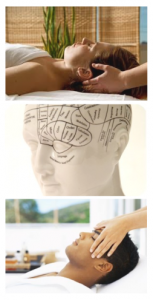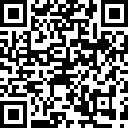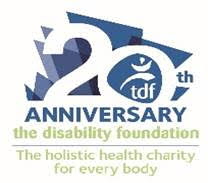 Craniosacral therapy (CST) is a safe and gentle hands on therapy, which is based on the natural motion of fluids, which surround the brain (inside the cranium) and spinal cord (ending at the sacrum). CST uses a method of evaluating and enhancing the functioning of the physiological body system called the craniosacral system that is comprised of membranes and cerebrospinal fluid that surrounds and protects the brain and the spinal cord. It has a rhythm that can be felt throughout the body, like the pulse of the cardiovascular system. Practitioners monitor the rhythm using soft touch at key body points and at no greater than 5 grams and release restrictions to improve the functioning of the central nervous system and to pinpoint the source of an obstruction or stress. Once a source has been determined, practitioners can assist the natural movement of the fluid and related soft tissue, using simple actions to remove a restriction. CST works by helping the body’s natural healing mechanisms dissipate the negative effects of stress on the central nervous system.
Craniosacral therapy (CST) is a safe and gentle hands on therapy, which is based on the natural motion of fluids, which surround the brain (inside the cranium) and spinal cord (ending at the sacrum). CST uses a method of evaluating and enhancing the functioning of the physiological body system called the craniosacral system that is comprised of membranes and cerebrospinal fluid that surrounds and protects the brain and the spinal cord. It has a rhythm that can be felt throughout the body, like the pulse of the cardiovascular system. Practitioners monitor the rhythm using soft touch at key body points and at no greater than 5 grams and release restrictions to improve the functioning of the central nervous system and to pinpoint the source of an obstruction or stress. Once a source has been determined, practitioners can assist the natural movement of the fluid and related soft tissue, using simple actions to remove a restriction. CST works by helping the body’s natural healing mechanisms dissipate the negative effects of stress on the central nervous system.
What to expect during a treatment
A Craniosacral therapy (CST) session is performed with the client reclining on a massage bed while the practitioner stands or sits positioned at the client’s head, middle torso or feet. TDF recommends that clients wear loose, comfortable clothing. Clients remain fully clothed though most choose to remove shoes. Experiences are individual and may differ from session to session. At times a client may deeply relax or even fall asleep, at others he/she may talk a great deal, recall hidden memories or express emotions. At various times during the session, the practitioner will support a client’s limbs and spine while facilitating release of accumulated tension. This process is called energy cyst release or tissue release. During this release, the client might recall circumstances surrounding a past shock, trauma or injury. CST practitioners believe that by releasing and re-experiencing past hurt, the body is assisted in reversing dysfunction and restoring previous levels of mobility. Response to CST varies from individual to individual and condition to condition and so the number of sessions needed also varies – some clients need one to three weeks’ work, others may need a course over several weeks.
Why choose CST
CST is increasingly being used as a preventative health measure because it complements the body’s natural healing processes and is thus able to bolster resistance to disease and bolster overall health. It is effective for a range of medical problems associated with pain and dysfunction such as:
- Migraine headaches
- Chronic neck and back pain
- Motor co-ordination impairments
- Colic
- Autism
- Central nervous system disorders
- Orthopaedic problems
- Traumatic brain and spinal cord injuries
- Scoliosis
- Infantile disorders
- Learning disabilities such as dyslexia
- Chronic fatigue
- Stress and tension related problems
- Fibromyalgia and other connective tissue disorders
- Temporomandibular Joint Syndrome (TMJ)
- Neurovascular or immune disorders
- Post Traumatic Stress Disorder
- Loss of taste, smell, tinnitus, vertigo and neuralgia
- Clients suffering chronic symptoms which have not been aided by other approaches
When is it not safe to have CST – Contra-indications and Precautions
There are certain conditions where CST would not be recommended. This includes conditions where a variation and/or slight increase in intra-cranial pressure would cause instability:
- Acute aneurysm
- Cerebral haemorrhage
- Other pre-existing severe bleeding disorders.
CST Session Information
Sessions last approximately 30 to 60 minutes. No need to undress.
CST is suitable for both adults and children, infants, newborns with early traumas


